The 1960s was a golden age for television sitcoms, with many shows becoming cultural icons that we still remember today. However, for every ‘I Love Lucy’ or ‘The Andy Griffith Show,’ dozens of gems flew under the radar or were canceled before their time. These forgotten comedies offered unique premises, showcased talented performers, and captured the spirit of an era when television was still finding its creative footing.
1. The Mothers-In-Law
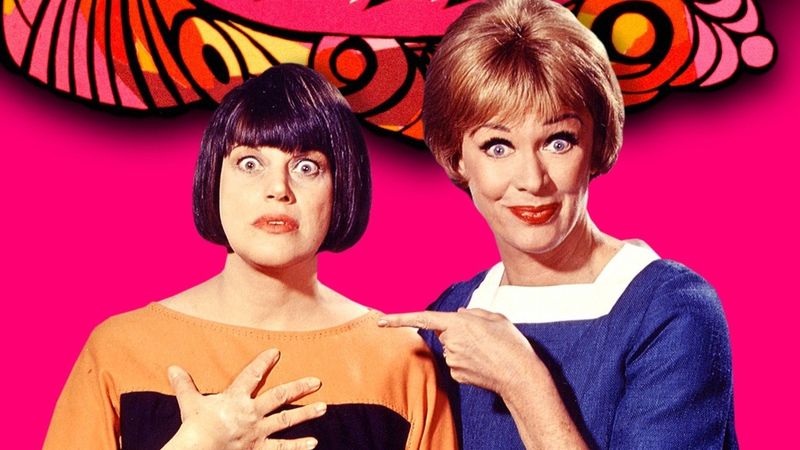
Comedic legends Eve Arden and Kaye Ballard starred as Eve Hubbard and Kaye Buell, neighbors who become reluctant family when their children marry. The show’s premise tapped into the classic in-law tension that resonates with audiences of any era. Produced by Desi Arnaz after the ‘I Love Lucy’ years, the series featured physical comedy and culture clash humor as the upper-middle-class Hubbards and working-class Buells tried to coexist. Their constant meddling and schemes to help their children often backfired spectacularly.
The chemistry between Arden’s dry wit and Ballard’s boisterous personality created a perfect storm of comedy that deserved more than its brief two-season run.
2. Car 54, Where Are You?
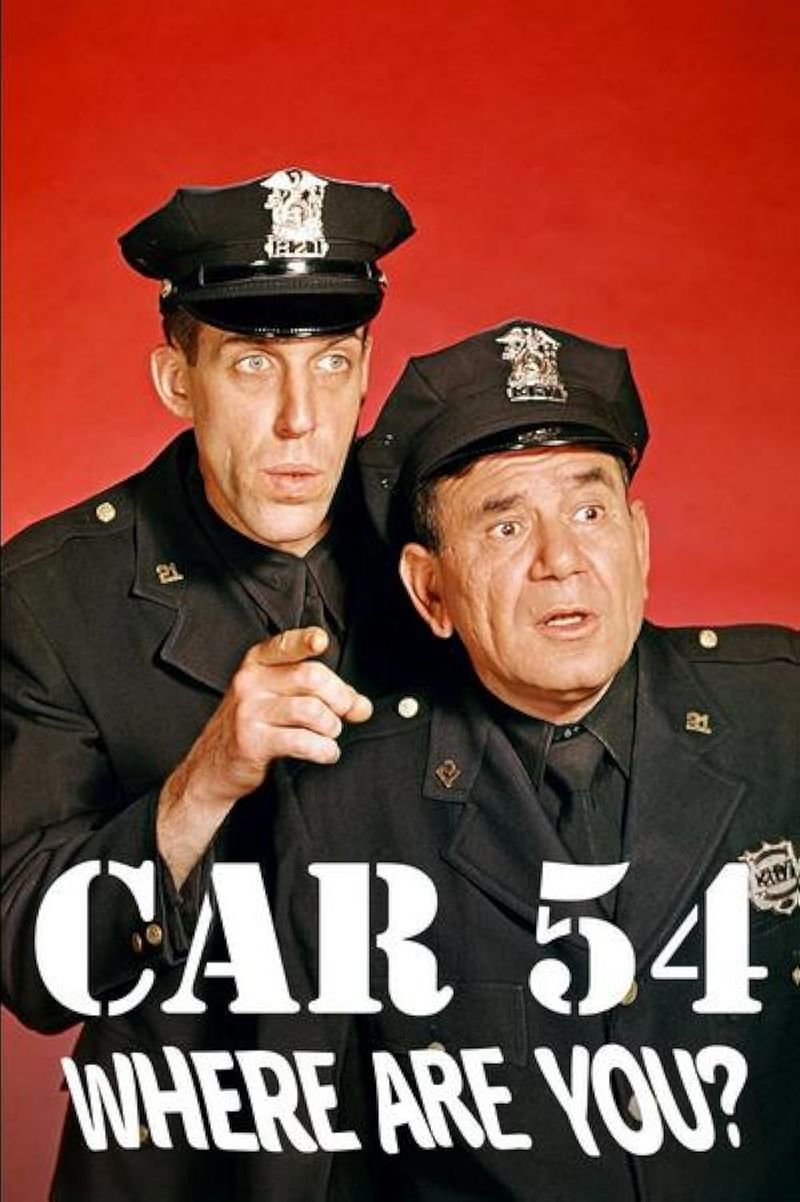
Officers Toody and Muldoon patrolled the Bronx with more laughs than arrests. This black-and-white comedy featured Joe E. Ross and Fred Gwynne as mismatched police partners navigating the colorful characters of New York’s 53rd precinct.
Despite only running for two seasons, the show’s catchy theme song and neighborhood-based humor made it a standout. Creator Nat Hiken (who also created ‘Sgt. Bilko’) packed each episode with eccentric citizens and fellow officers who turned simple police work into chaotic comedy.
3. The Patty Duke Show
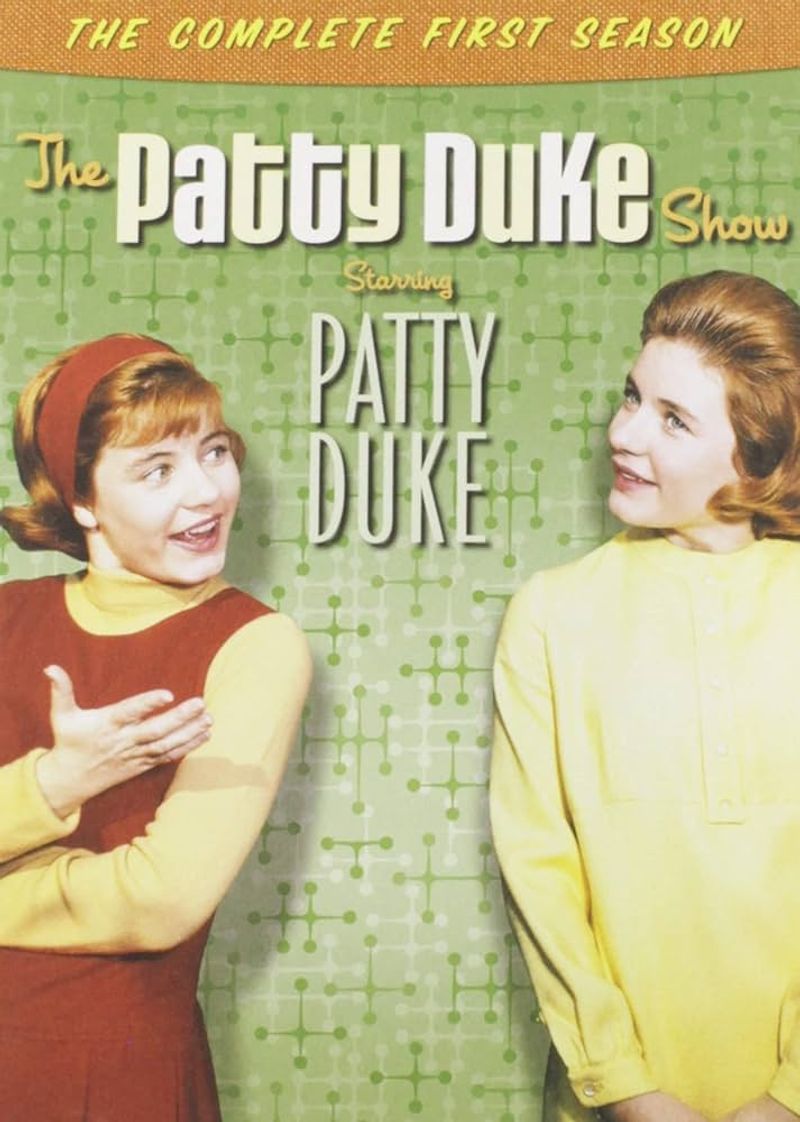
Television magic brought us identical cousins Patty and Cathy Lane, both played by teenage phenomenon Patty Duke. The premise was delightfully absurd – one American, one European, physically identical but temperamentally opposite. Patty was the all-American teenager who loved rock music and boys, while sophisticated Cathy preferred classical music and literature. Their adventures often involved one cousin impersonating the other, leading to hilarious misunderstandings.
The technical achievement of having Duke appear in scenes with herself was groundbreaking for the era. Adding to the show’s appeal was William Schallert as Patty’s patient father Martin, whose deadpan reactions to the cousins’ schemes provided some of the series’ best moments.
4. My Favorite Martian
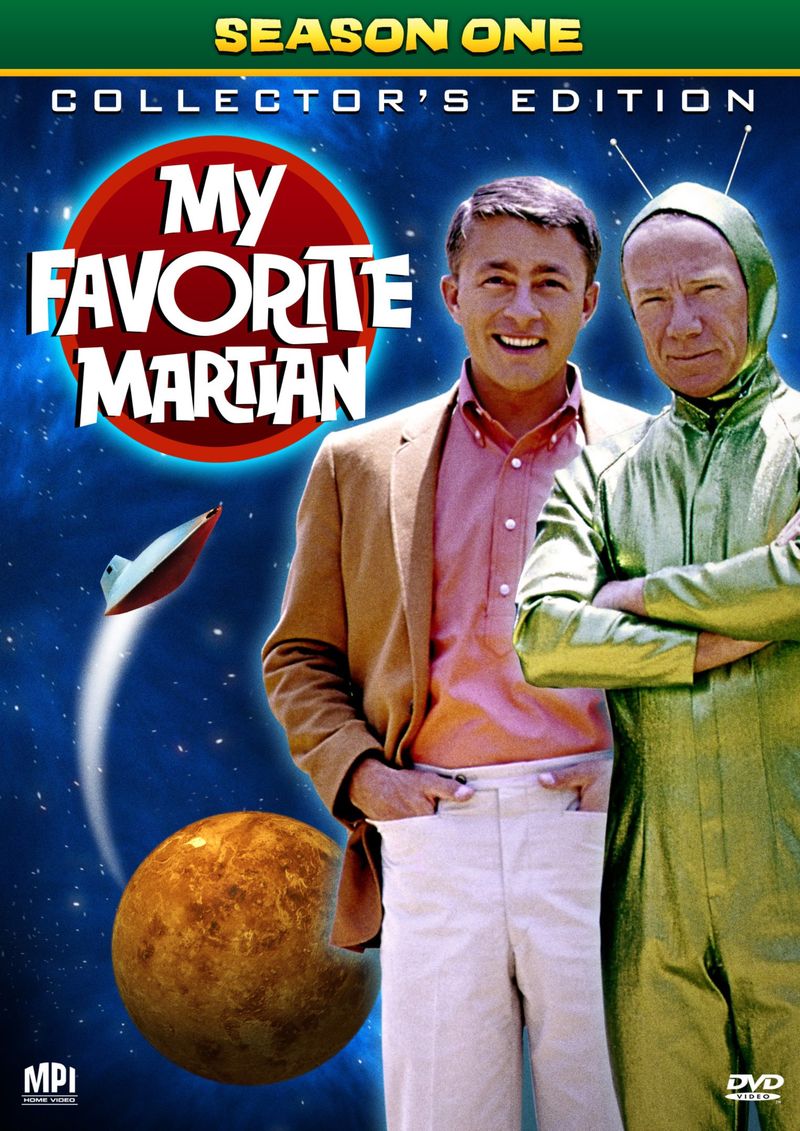
When a Martian crash-lands near Los Angeles, newspaper reporter Tim O’Hara passes him off as his “Uncle Martin” in this delightful sci-fi comedy. Ray Walston played the stranded alien with retractable antennae and telepathic powers, while Bill Bixby portrayed his human roommate desperately trying to keep the extraterrestrial secret. The show combined fantastical elements with everyday situations as
Uncle Martin used his otherworldly abilities to solve problems – and frequently create new ones. His invisible spaceship, parked in Tim’s garage, was a constant source of anxiety and adventure. Walston’s perfectly deadpan delivery contrasted wonderfully with Bixby’s nervous energy, creating a comedy duo that was truly out of this world.
5. Gomer Pyle, U.S.M.C.
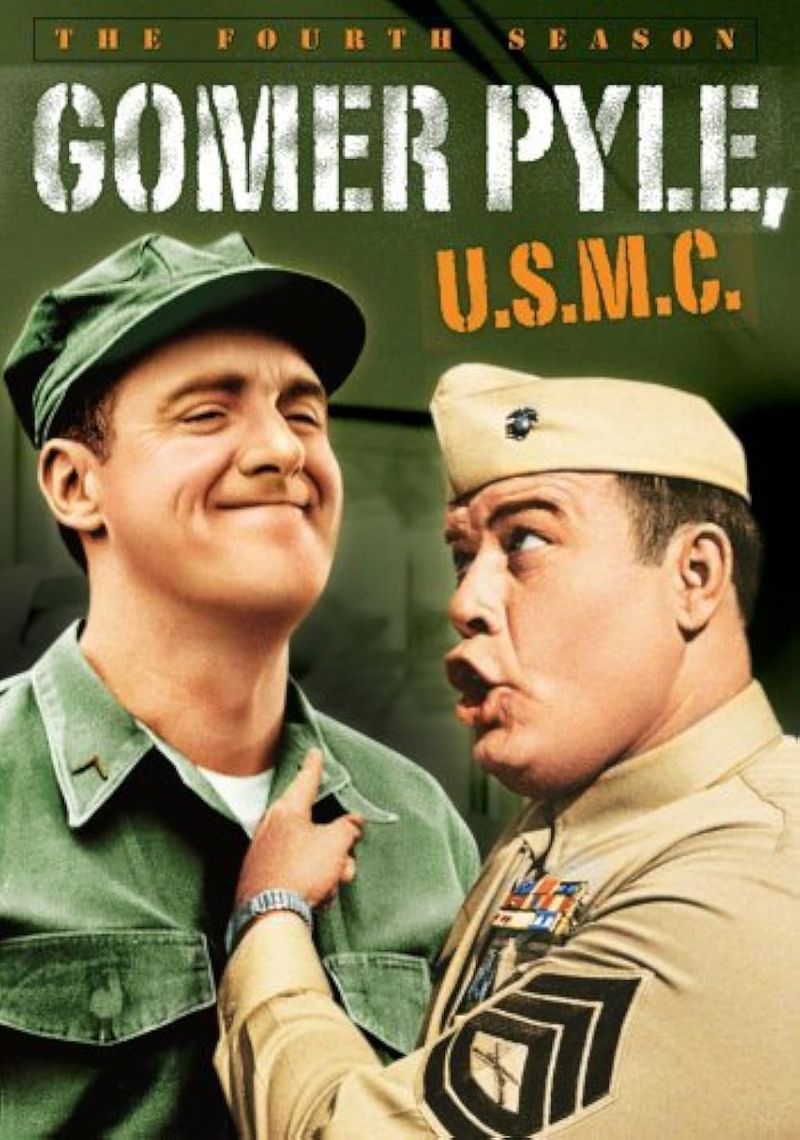
Jim Nabors transformed his beloved Mayberry gas station attendant into a Marine Corps private in this successful spin-off. Gomer’s innocent, good-hearted nature clashed perfectly with the military discipline personified by Frank Sutton’s perpetually frustrated Sergeant Carter. The fish-out-of-water premise never grew stale as Gomer’s country wisdom and unfailing optimism somehow solved problems while driving his commanding officer to the brink of insanity. His catchphrases “Surprise, surprise, surprise!” and “Shazam!” became part of the national vocabulary.
Remarkably, this gentle comedy thrived during the Vietnam War era, providing lighthearted military humor that avoided political controversy while showcasing Nabors’ considerable singing talent in occasional musical interludes.
6. The Farmer’s Daughter
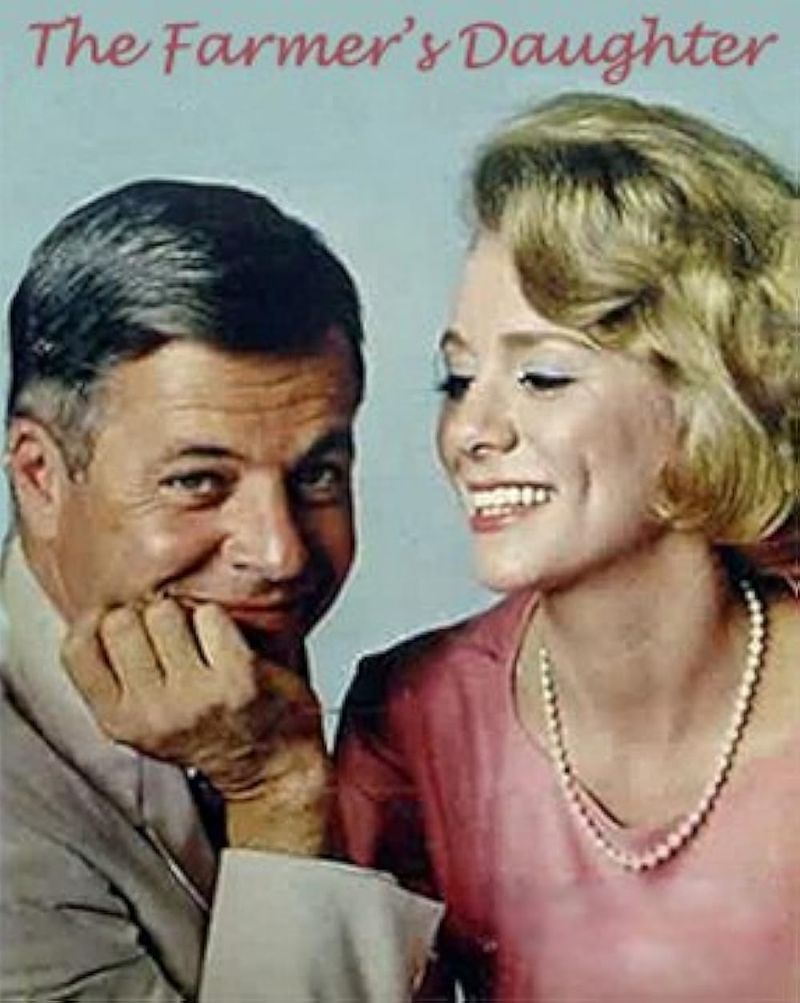
Before women in politics became commonplace, this progressive sitcom featured Inger Stevens as Katy Holstrum, a Swedish-American farm girl who becomes housekeeper for widowed Congressman Glen Morley (William Windom). The show balanced workplace comedy with gentle romantic tension between the leads. Katy’s common-sense approach to politics often helped the congressman navigate Washington’s complex landscape. Her outsider perspective allowed the show to comment on American politics through a refreshingly honest lens.
Based on a 1947 film starring Loretta Young, the series updated the concept for television while maintaining its charm. Stevens brought warmth and intelligence to Katy, creating a character who was both traditional and surprisingly modern for the era.
7. It’s About Time

Astronauts Mac and Hector accidentally break the time barrier and crash-land in prehistoric times in this wacky Sherwood Schwartz creation. Frank Aletter and Jack Mullaney played the modern men trying to adapt to life among cavemen, including the scene-stealing Imogene Coca and Joe E. Ross as cave-couple Shag and Gronk. The show’s premise was pure fantasy, complete with a catchy theme song explaining the bizarre concept. Midway through its single season, the format flipped – bringing the cave family to modern times when the astronauts finally repaired their spacecraft.
The show embraced its absurdity with stone-age gadgets, dinosaur encounters, and endless fish-out-of-water jokes. Though short-lived, it remains a perfect example of the anything-goes creativity of 1960s television.
8. Mister Ed
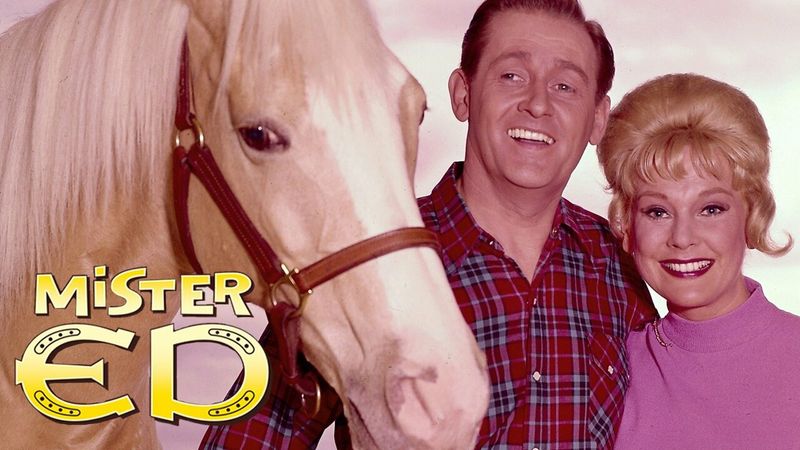
A talking horse might sound like a one-joke premise, but this beloved series found endless comedy in the relationship between Wilbur Post (Alan Young) and his verbose palomino. The catch? Mister Ed would speak only to Wilbur, creating countless situations where Wilbur appeared crazy to everyone else. The horse, voiced by former cowboy actor Allan Lane, wasn’t just a gimmick – he had personality to spare. Sarcastic, manipulative, and often mischievous, Ed regularly schemed to get what he wanted while Wilbur scrambled to cover up his equine friend’s antics.
Behind the scenes, trainers used nylon thread and peanut butter to create the illusion of Ed talking. The show’s theme song remains instantly recognizable even to those who’ve never seen an episode.
9. The Baileys of Balboa
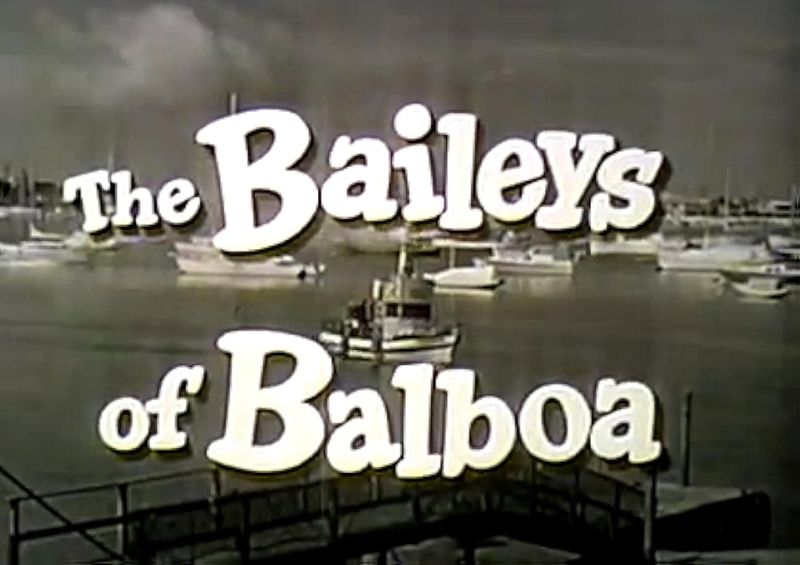
Class warfare played out as comedy in this short-lived gem set in a California harbor town. Paul Ford starred as Sam Bailey, a down-to-earth charter boat operator constantly clashing with wealthy yacht club commodore Jim Wicker (Les Brown Jr.). The contrast between Bailey’s humble business and the snobbish yacht club provided social commentary wrapped in humor. Sterling Holloway (best known as the voice of Winnie the Pooh) added eccentric charm as harbor master Buck Singleton.
Despite lasting only one season, the show captured the changing social dynamics of 1960s America through its waterfront microcosm. The gorgeous seaside setting and nautical hijinks gave the series a distinct visual appeal rarely seen in studio-bound sitcoms of the era.
10. The Bill Dana Show
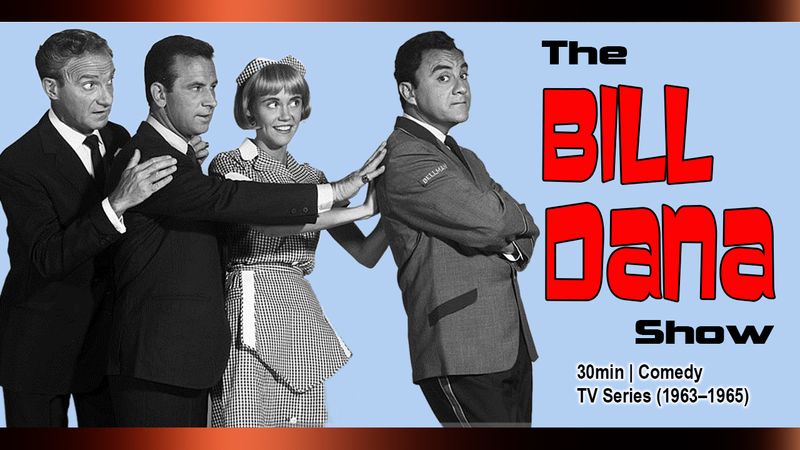
Comedian Bill Dana brought his popular character José Jiménez to this sitcom about a well-meaning bellhop at a luxurious New York hotel. The Park Central Hotel setting provided an endless parade of eccentric guests and unusual situations for the kindhearted employee to navigate. The supporting cast included Jonathan Harris (later Dr. Smith on ‘Lost in Space’) as the pompous hotel manager Mr. Phillips. A young Don Adams appeared as house detective Byron Glick, essentially developing the character that would become Maxwell Smart on ‘Get Smart.’
While Dana’s character might raise eyebrows today, at the time the performance was groundbreaking for featuring a Latino protagonist portrayed with dignity despite the comedic situations. The show served as an important stepping stone for several comedy legends.
11. The Hathaways
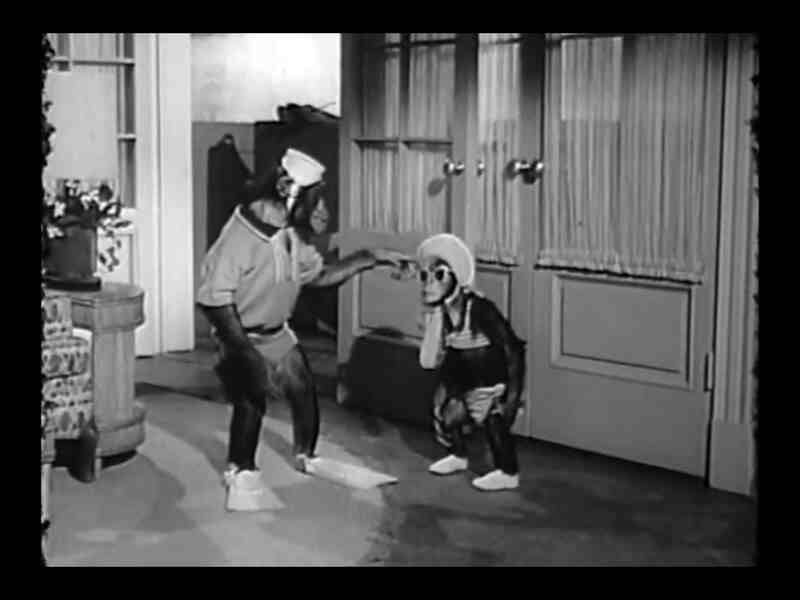
Perhaps the most unusual family sitcom of the decade featured Jack Weston and Peggy Cass as Walter and Elinore Hathaway, a couple whose “children” were three trained chimpanzees named Candy, Charlie, and Enoch. The chimps were real performers with a show business career, which the fictional Hathaways managed. The premise allowed for both physical comedy (courtesy of the chimps) and more sophisticated humor from the human stars. Weston’s exasperated reactions to the chimps’ antics contrasted perfectly with Cass’s maternal devotion to her unusual charges.
Producer Don Fedderson (known for ‘My Three Sons’) brought the same family-friendly approach to this more unconventional household. Though it lasted just one season, its sheer uniqueness makes it unforgettable to those who saw it.
12. Love on a Rooftop

Young love conquered all – including tiny living spaces – in this romantic comedy starring Peter Deuel and Judy Carne as newlyweds Dave and Julie Willis. Their San Francisco apartment was actually a converted storage room on top of an apartment building, with stunning views but minimal square footage. The show captured the optimism of youth as apprentice architect Dave and his artistic wife Julie sacrificed comfort for independence and urban adventure. Their wealthy in-laws (played by Rich Little and Edith Atwater) provided comedic contrast with their horror at the couple’s bohemian lifestyle.
The series beautifully captured 1960s San Francisco and the generational shift toward valuing experiences over possessions. Its theme of making a relationship work despite financial limitations remains relatable decades later.
13. Camp Runamuck
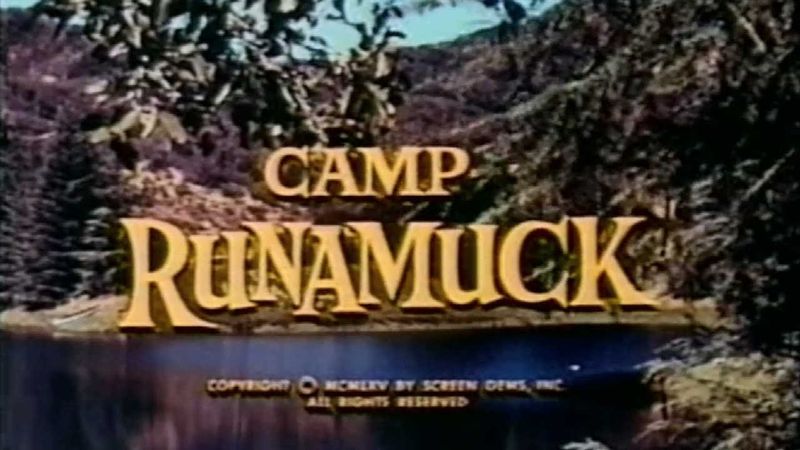
Summer camp shenanigans took center stage in this zany series about rival boys’ and girls’ camps. The premise pitted Camp Runamuck for boys, led by Commander Wivenhoe (Dave Ketchum), against girls’ Camp Divine, run by Chief Honeywell (Hermione Baddeley). The counselors were more childish than their charges, with constant pranks and competitions between the camps. Arch Johnson starred as Director Skofield, whose military approach to camp management was perpetually undermined by his incompetent staff.
Though aimed at kids, the show featured sophisticated physical comedy and wordplay that appealed to all ages. Its summer setting provided a sun-soaked escape that was particularly welcome during its original winter broadcast schedule, making viewers long for camp season.
14. Hank
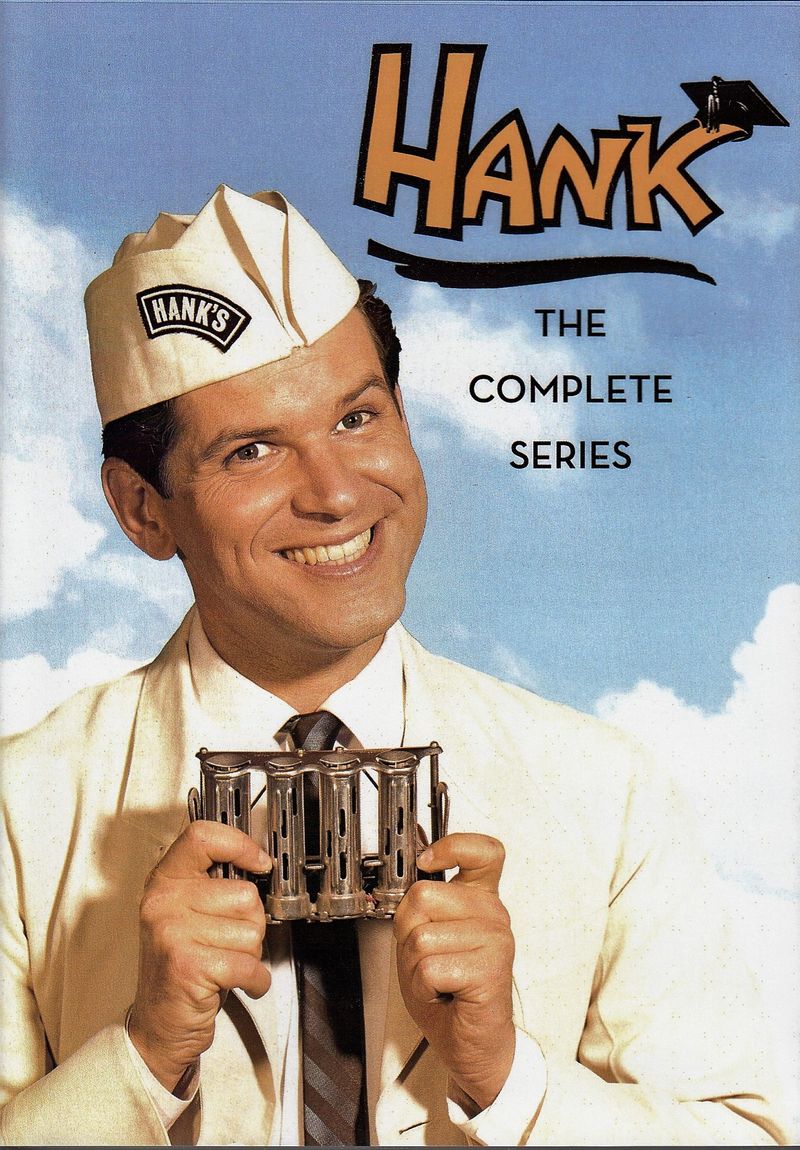
Dick Kallman starred as Hank Dearborn, a resourceful young man who snuck into college classes despite not being enrolled. The unusual premise had depth – Hank was an orphan supporting his younger sister while pursuing education the only way he could afford: by “stealing” it. Working as the campus food truck operator gave Hank access to the university while providing income. His academic deception required elaborate schemes to avoid the suspicious registrar Dr. Royal (Howard St. John), creating weekly tension and close calls.
The show balanced comedy with touching moments about Hank’s determination to better himself against all odds. Its theme of education as a pathway to opportunity resonated during an era when college attendance was expanding but still inaccessible to many.
15. Run, Buddy, Run
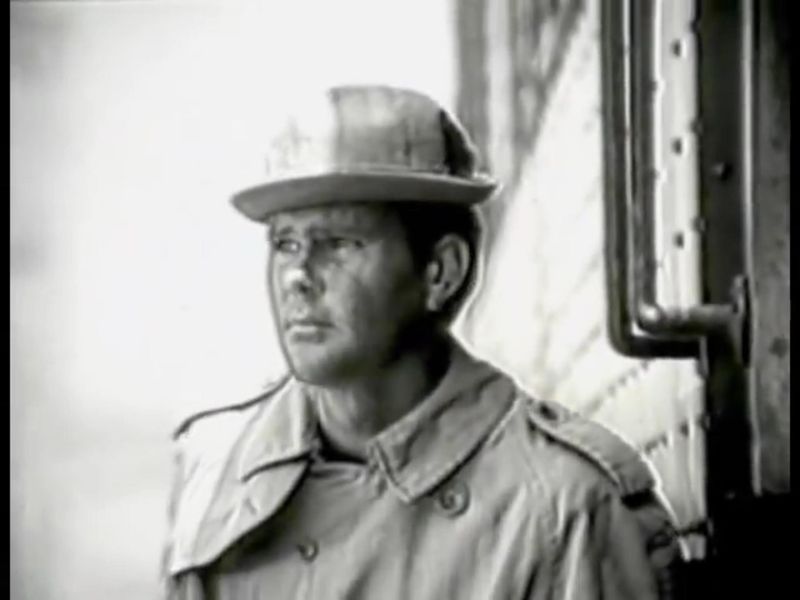
Jack Sheldon played Buddy Overstreet, an ordinary musician who accidentally overhears mob boss Mr. D (Bruce Gordon) planning a crime. This simple premise launched an ongoing chase comedy as Buddy fled across the country, adopting disguises and taking odd jobs while the gangsters pursued him. Each week found Buddy in a new location with a new temporary identity, creating a sitcom-meets-fugitive format that was innovative for its time. Sheldon, a talented jazz trumpeter in real life, brought musical skills to his character along with an everyman quality that made viewers root for him.
The show’s jazzy theme song and animated opening sequence perfectly captured its blend of comedy and mild suspense. Though it lasted only one season, its influence can be seen in later series like ‘The Fugitive.’
16. The Tammy Grimes Show
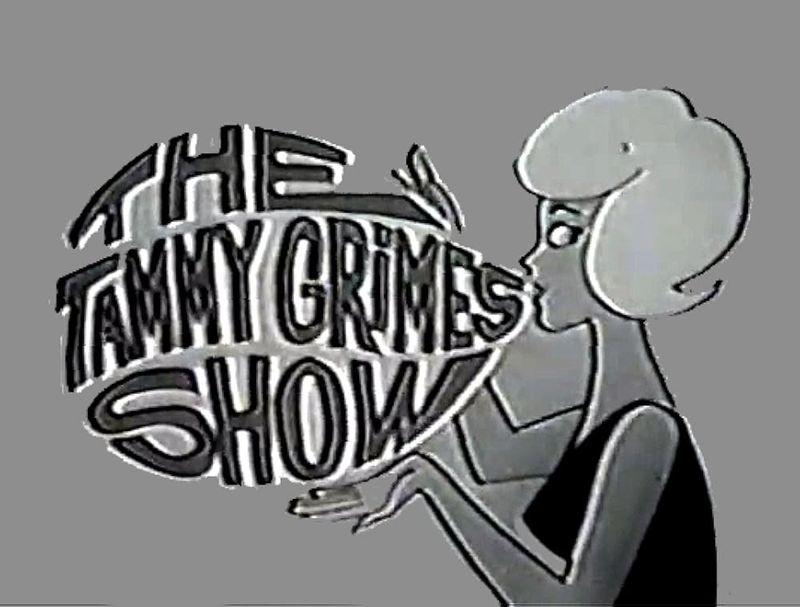
Broadway star Tammy Grimes brought her distinctive voice and theatrical presence to this short-lived sitcom about an heiress who suddenly loses her fortune. The premise had Tammy Marlowe discovering her inheritance had been squandered, forcing her to work for a living while maintaining her socialite persona. Dick Sargent (later of ‘Bewitched’ fame) co-starred as her banker, tasked with keeping Tammy on a budget – a nearly impossible job. The show’s sophisticated humor and Grimes’ unique personality made it stand out from typical domestic comedies.
Despite lasting only four episodes before cancellation, the series developed a cult following among theater enthusiasts who appreciated Grimes’ larger-than-life performance style. Its spectacular failure makes it one of television’s most intriguing “what might have been” stories.
17. That Girl
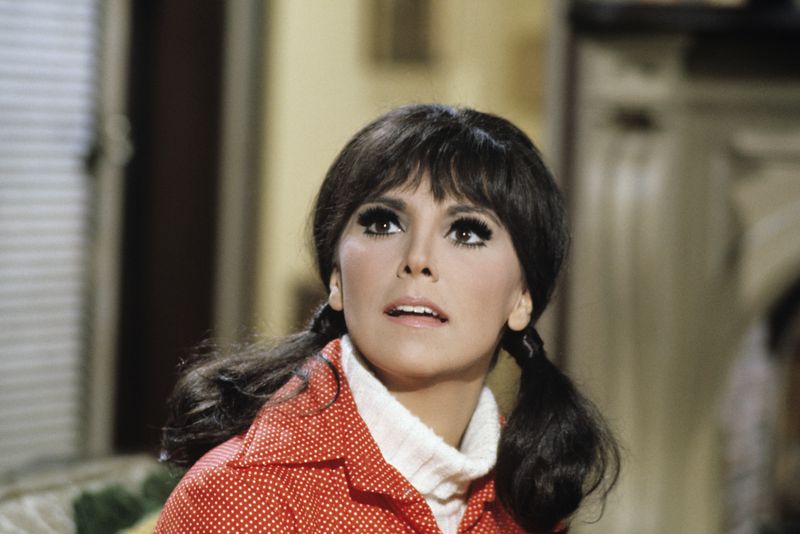
Marlo Thomas broke new ground as Ann Marie, a young woman pursuing an acting career in New York City while maintaining her independence. Though it gained recognition in later seasons, the show’s early revolutionary portrayal of a single working woman living alone was initially underappreciated. Ann’s relationship with boyfriend Donald (Ted Bessell) was refreshingly modern – he supported her career ambitions rather than pushing for marriage. Her loving but overprotective father (Lew Parker) provided comedic tension as he struggled to accept his daughter’s independent lifestyle.
The show’s vibrant fashions and New York locations made it visually distinctive. Its opening sequence – Ann noticing her reflection with delight and exclaiming “That girl!” – became an iconic television moment representing female self-confidence and possibility.
18. The Pruitts of Southampton
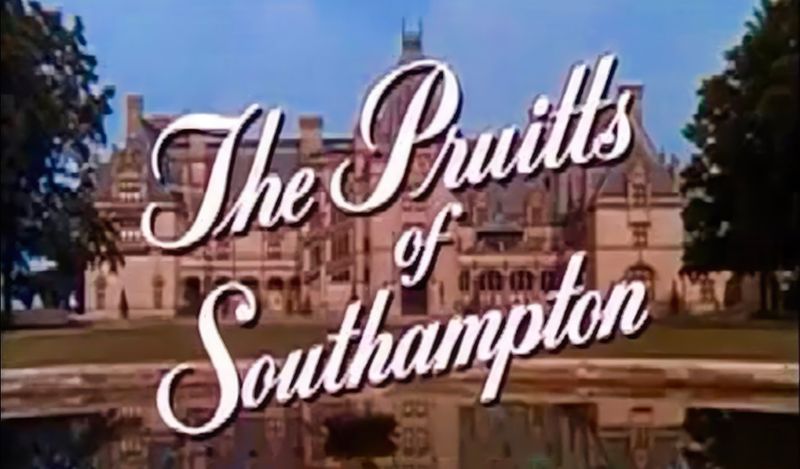
Comedy legend Phyllis Diller starred as Phyllis Pruitt, the matriarch of a formerly wealthy family secretly gone broke but maintaining appearances to avoid scandal. The premise allowed Diller to bring her outrageous persona to television while satirizing high society pretensions. The family’s efforts to generate income while hiding their financial ruin created weekly comedic scenarios. Gypsy Rose Lee appeared as Phyllis’s sister-in-law, adding to the show’s star power. Midway through its single season, the series was renamed ‘The Phyllis Diller Show,’ emphasizing its true drawing card.
Diller’s trademark wild hair, eccentric outfits, and machine-gun laugh made every episode memorable. Her physical comedy skills – honed through years of stand-up – brought energy to the role of a socialite trying desperately to maintain dignity while everything crumbled around her.
19. Accidental Family
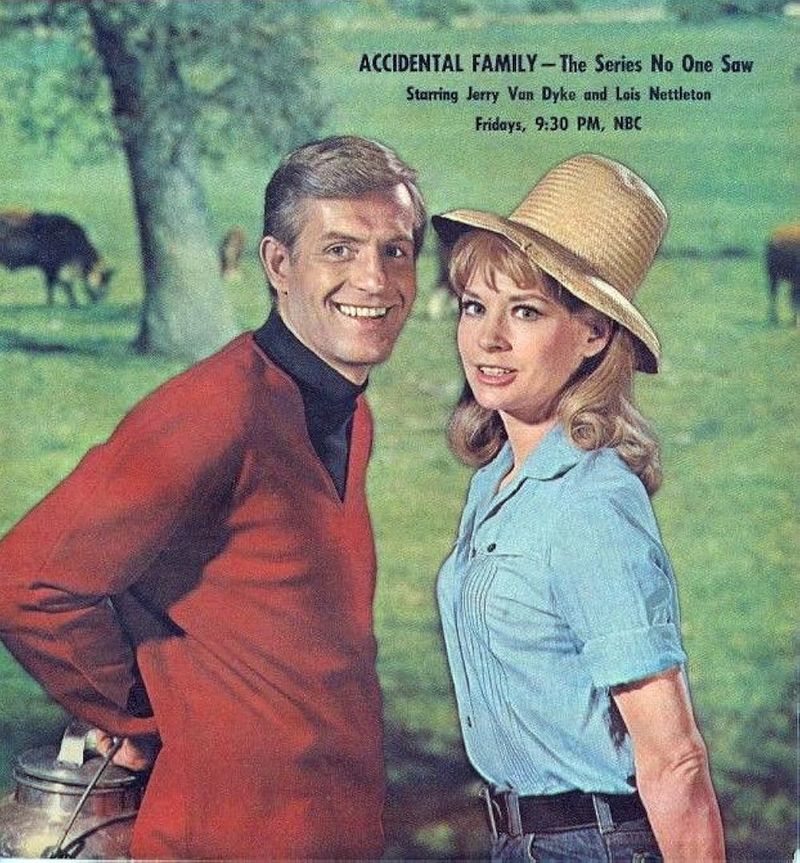
Jerry Van Dyke starred as nightclub comedian Jerry Webster, who purchases a farm as a place for his son to live while he tours. The twist? The farm comes with its previous owner’s widow Sandy (Lois Nettleton) and her daughter, creating an instant “accidental family.” The fish-out-of-water comedy mined humor from Jerry’s attempts at rural living and weekend parenting. The show balanced Jerry’s showbiz career with his desire to be a good father, creating touching moments amid the laughs.
Coming after Van Dyke turned down the role of Gilligan (a decision he later regretted), the series showcased his physical comedy skills and likable persona. Though short-lived, it presented a positive portrayal of blended families and co-parenting that was ahead of its time.
20. Grindl
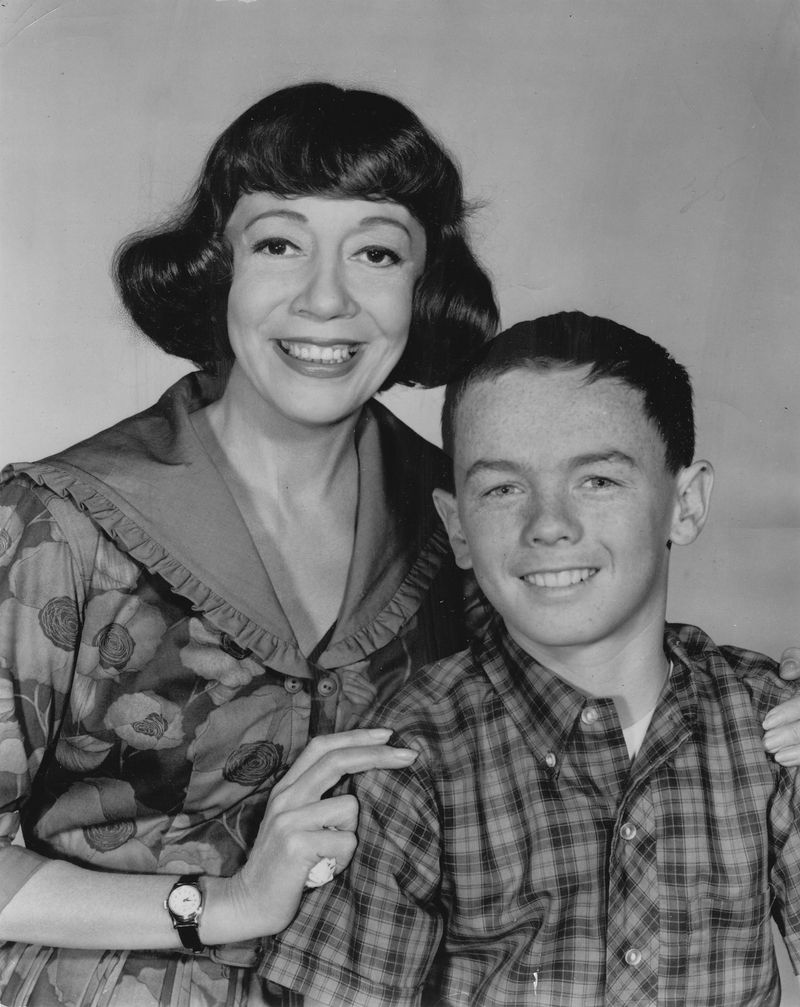
Comedy pioneer Imogene Coca brought her physical comedy expertise to the role of Grindl, a maid working for the Foster Temporary Service. Each episode sent her to a different household or workplace, creating an anthology-like format with Grindl as the consistent element. The premise allowed for fresh settings and characters weekly, with Coca’s expressive face and rubber-limbed physicality adapting to each new situation. Whether cleaning for eccentric employers or filling in at unusual businesses, Grindl approached each assignment with determined optimism despite inevitable chaos. Created by comedy legends David Swift and Abe Burrows, the show gave Coca (famous from ‘Your Show of Shows’ with Sid Caesar) a perfect vehicle for her unique talents.
Her diminutive size and giant personality made even simple tasks like window-washing or baby-sitting into comic masterclasses.

Comments
Loading…